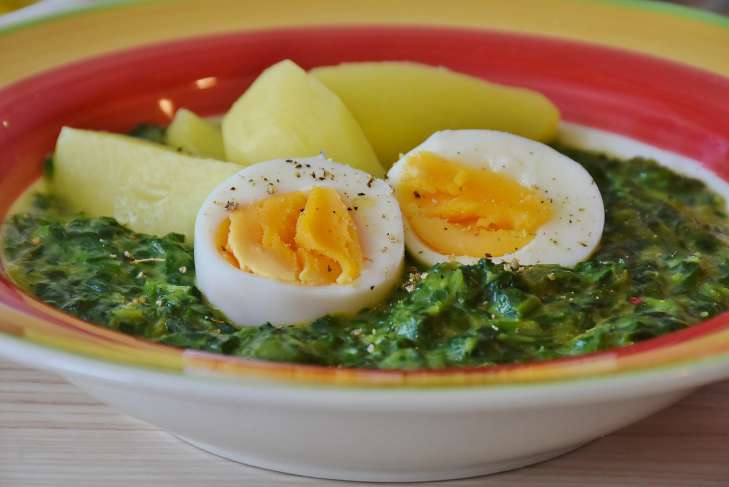Spinach: Health Benefits
According to the Department of Agriculture, three cups of raw spinach contain approximately 20 calories, less than one gram of fat, two grams of protein, three grams of carbohydrates and two grams of fiber.
What are the benefits of spinach
In addition to potassium, spinach contains iron, calcium, magnesium and manganese - useful and important microelements.
Spinach is rich in fiber, which normalizes the functioning of the gastrointestinal tract and promotes timely and high-quality cleansing of the intestines.
So, it contains: vitamin A, vitamin C, vitamin K, iron, magnesium and calcium.
These greens also contain a lot of protein, carbohydrates and fiber.

More protein can be found only in young peas and beans, as well as in meat.
Which spinach is healthier, raw or boiled
Spinach is rich in nutrients, whether you eat it raw or cooked.
Although some nutrients are lost during the cooking process, cooked spinach is much more compact and you can eat more of it at a time, making it easier to get more nutrients overall.
What's the best way to eat spinach
Spinach is eaten fresh, fried, steamed, or stewed.
Fresh leaves are added to salads, snacks, and sandwiches.
Spinach goes well with meat, fish, eggs, cheese, bacon, nuts, strawberries, avocado, arugula, and sesame seeds.
It is used to cook soups, make side dishes, toppings for pies and pizza, smoothies and juices.


